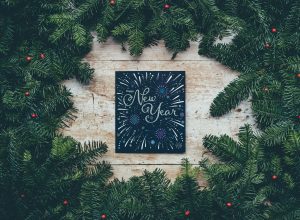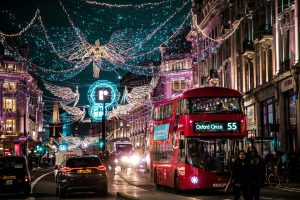Color Psychology: Wardrobe Insights and Inspirations
When it comes to getting dressed in the morning, we often turn to the latest fashion trends or our personal sense of style for inspiration. But have you ever considered the impact that color psychology may have on your wardrobe choices? It may surprise you to learn that the colors we wear can influence our mood, behavior, and even how others perceive us. In this article, we’ll dive into the world of color psychology and explore how it can provide insights and inspiration for your wardrobe.
The Basics of Color Psychology
Color psychology is the study of how colors can affect human emotions, behaviors, and perceptions. This field of study encompasses various elements, such as brightness, hue, saturation, and color combinations. Different colors can evoke different psychological responses, making it an essential element in marketing, branding, and, yes, even fashion.
The Impact of Warm and Cool Colors
In general, warm colors, such as red, orange, and yellow, are associated with feelings of excitement, passion, and energy. These colors can stimulate the central nervous system and increase heart rate and blood pressure. So if you want to make a bold fashion statement, consider incorporating warm colors into your outfit. On the other hand, cool colors, like blue, green, and purple, have a calming effect. They are often associated with feelings of tranquility, trust, and stability. These colors can help create a more relaxed and peaceful vibe in your outfit.
The Meaning Behind Primary Colors
Each primary color has its unique psychological associations. Red, for example, is often linked to passion, love, and desire. It’s also associated with attention-grabbing and energetic qualities, making it a popular choice for statement pieces in fashion. Blue, on the other hand, is seen as a calming and trustworthy color, making it an ideal choice for professional or formal attire. Finally, yellow is considered a happy and optimistic color, often associated with creativity, making it a great choice for adding a pop of color to your outfit.
Color Psychology and Your Personal Style
While understanding color psychology can provide valuable insights into our wardrobe choices, it’s important to remember that personal style and individual preferences should always take precedence. If wearing bold, bright colors makes you feel uncomfortable or out of your element, don’t force it. Your personal style should be a reflection of who you are and make you feel confident and comfortable.
Finding Inspiration in Color Psychology
While it’s essential to stay true to your personal style, color psychology can still serve as a great source of inspiration when it comes to putting together an outfit. For example, if you’re feeling anxious or stressed, wearing calming colors like blue or green can help create a sense of stability and peace. On the other hand, if you want to make a bold statement or feel energized, incorporating vibrant and warm colors like red or orange can help achieve that effect.
Final Thoughts
Color psychology can provide valuable insights and inspiration when it comes to your wardrobe choices. Different colors can evoke different psychological responses, making them a powerful tool for creating a specific mood or making a statement. However, it’s also essential to remember that personal style and individual preferences should always come first. So the next time you’re getting dressed, don’t forget to consider the impact of color on your outfit choices.











